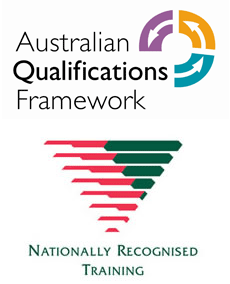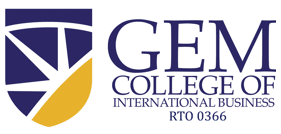Q. Where are the Twilight Intensives held?
A.Silver Service Care Campus, 3 James Congdon Drive Mile End, South Australia 5031
Q. If I attend the workshops, do I have to also do work online?
A. Yes, the GEM Online Campus is loaded with comprehensive Learner Guides (both pdf and interactive/iterative e-learning) and you will need to undertake the reading and activities required online.
Q. My family/job commitments mean I can’t attend the workshops, can I still enrol?
A. Yes, you will enrol as an e-learning participant. You will complete the reading and activities online. You will advise when you are ready to be assessed and we will either arrange a worksite visit by an assessor or an online presentation whereby you can provide evidence of your demonstrated competence. You may have completed a workplace Project that aligns to the learning you’ve undertaken, and that can be presented as evidence of your competence.
Q. How much time will I need to dedicate?
A. The nominal minimum hours of study (individual research and on the job application) is 1,200 – 2,400 hours. This is usually over a 12-24 month period. Because evidence of competence against each Unit is required, your time allocation and the course duration will depend a lot on your professional or trade background, any earlier learning you’ve undertaken, and your current role. The beauty of the Graduate Diploma is it is self paced. We work with you, we fit into your time availability.
Q. What career opportunities could this open up for me?
A. Job roles and titles vary across different industry sectors. Graduates could fulfil the roles of:
Board Member
Managing Director
Senior Executive
General Manager
Operational Manager
Principal
Senior Administrator
Compliance Officer
Q. Could this lead to my being accepted for a Master of Business Administration?
A. Yes, most Universities would accept a graduate into an MBA, some may grant up to a year’s credit status.
Q. What hardware and software requirements do I need to access the GEM College Online Campus?
A. Operating System: Windows 7 or higher; MAC OS X 10.6 or higher (recommended); CPU: Min. of 2 GB of RAM, Min. of 2 GB of spare disk space is recommended; Processor: 2.0 GHz processor or higher (32-bit or 64-bit); Monitor with at least 1024×768 screen resolution; Internet access: Minimum ADSL1 with a speed of at least 1.5Mbps; Valid personal email address; Speakers and microphone/headset; Adobe Reader; Word processing and presentation software e.g. – Microsoft Office, PowerPoint, etc; and In date web browser – e.g. Google Chrome, Mozilla Firefox, etc.
Q. If I want to choose different Electives may I?
A. Yes, you may choose different electives but they will not be supported by the Twilight Intensive Workshops
Q. Are there any State of Federal subsidies for this course?
A. Unfortunately, no
Q. Are there any other fees or costs involved in undertaking this course?
A. No. Your tuition fee includes:-
Access to GEM Online Campus – and interactive Onscreen Guides
Comprehensive Learner Guide for each Unit (pdf)
Assessment Guide for each Unit (pdf) which show you right from the start what you need to do to demonstrate competence
All essential reference materials, including materials from the Full Spectrum Business Development program
Text/reference materials from Alex Alexander (Founder of the Full Spectrum Business Development program)
Additional Reference materials may be requested to further enhance your learning. These might attract an additional charge.






Recent Comments